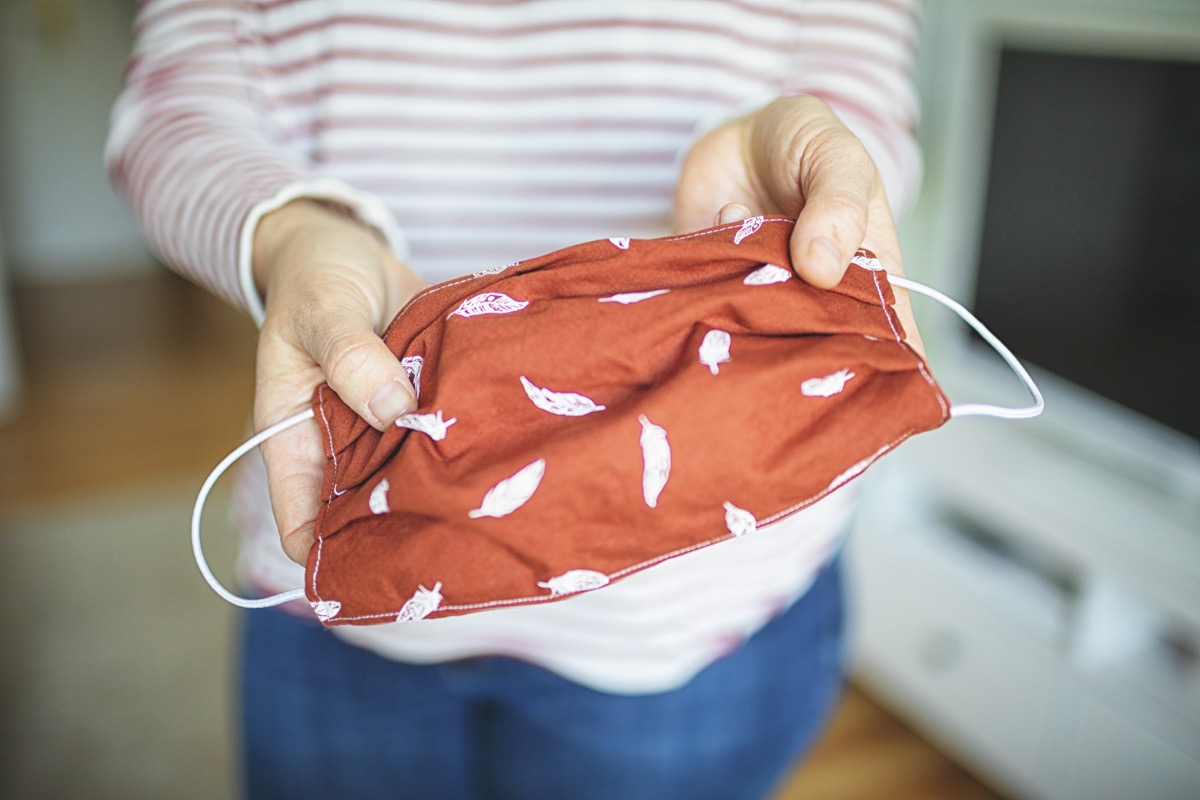Scott Segal, MD, chairman of anesthesiology at Wake Forest Baptist Health in North Carolina, has studied which materials are best for homemade masks. He suggests the light test to figure out if your mask is strong enough to ward off germs. “Hold it up to a bright light,” Segal told MarketWatch. “If you see light between fibers, it’s not a good filter. Even on dark fabrics, if you hold them up to light or to the sun, you will still be able to see if the fabric’s fibers will show or not.” If you’re sewing your own mask or buying a homemade one from Etsy, keep in mind that a few materials are better at blocking bacteria and viruses like COVID-19. In his research, Segal found that tightly woven fabrics—such as quilters’ cotton—tend to be a good bet, and you’ll notice they’re pretty opaque when you try the light test.ae0fcc31ae342fd3a1346ebb1f342fcb A 2013 study from the University of Cambridge found that vacuum cleaner bags, dish towels, and cotton-blend T-shirts are all at least 75 percent as effective as a surgical mask. The one thing these fabrics have in common? They’re relatively thick. Basically, the more layers to a fabric, the less likely any germs will break through. That’s why some people are sliding HEPA filters, paper towels, or coffee filters into the pocket of their homemade masks for extra protection. RELATED: For more up-to-date information, sign up for our daily newsletter. Whether purchasing a surgical mask or making your own, “anything is better than nothing” to curb the coronavirus pandemic, Segal said. And for more face mask tips, This Popular Face Mask Isn’t as Effective as You Thought, Study Finds.
